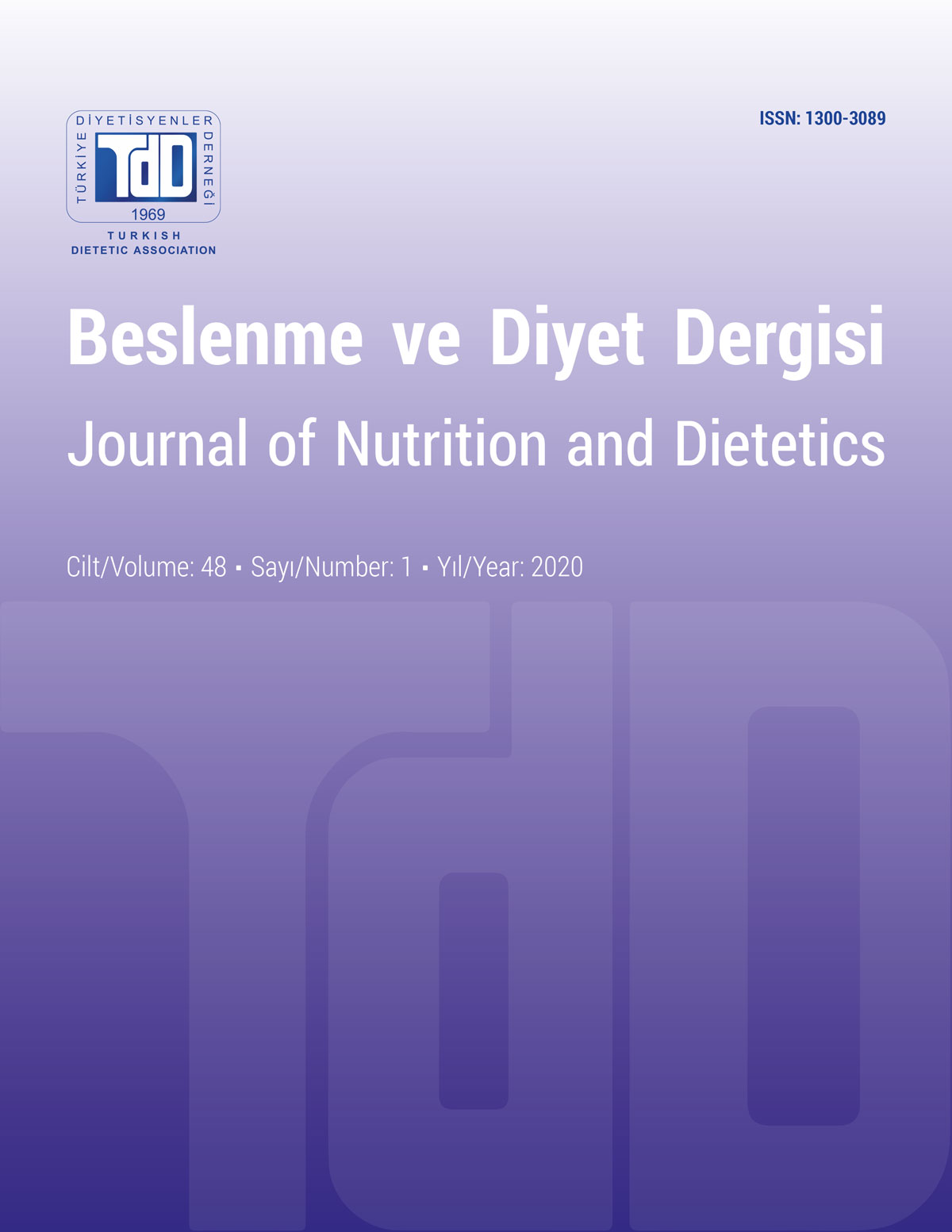Nutritional Assessment of Female Patients with Rheumatoid Arthritis
DOI:
https://doi.org/10.33076/2020.BDD.1097Keywords:
Rheumatoid arthritis, nutrients intake, nutritional status, anthropometric measurements, handgrip strengthAbstract
Aim: The aim of this study was to determine the nutritional status of female patients with rheumatoid arthritis (RA) and to investigate the relationship between functional status and muscle strength.
Subjects and Methods: This study was performed on 35-64 years old female patients applied to the Rheumatology Outpatient Clinic for control purposes and diagnosed with RA at least one year ago and using methylprednisolone less than 10 mg. Nutritional status and feeding habits of the patients accepted to participate in the study were evaluated. Anthropometric measurements were taken, dietary intakes were recorded for 3 consecutive days including one weekend day, and 24-hour physical activity records were questioned. The routine biochemical parameters were taken from the patient files.
Results: Patients were diagnosed for 10.8 ± 7.88 years ago and treated for 9.9 ± 7.65 years. According to body mass index (BMI), 9.9% of the patients had normal body weight, 46.5% were overweight, 36.6% were first degree obese and 7% were second degree obese. The percentages of patients with waist circumference ≥88 cm were found 88.7%. Also, 84.5% of the patients had waist/hip ratio above 0.85. A positive correlation was found between vitamin C, hemoglobin and albumin levels, also between β-carotene and liver function tests, total cholesterol and C-Reactive Protein (CRP) (p˂0.05), according to dietary antioxidant intake. There was a negative correlation between polyunsaturated fatty acid intake and alkaline phosphatase (ALP) values (p˂0.05). The mean daily intake of energy, carbohydrate, potassium, calcium and iron were found to be below the requirements.
Conclusion: It was concluded that patients should be referred to a dietitian after h diagnosed for RA to reduce symptoms and improve quality of life. Also, while assessing the patients, methods such as body fat percentage and muscle strength should be used with BMI.

